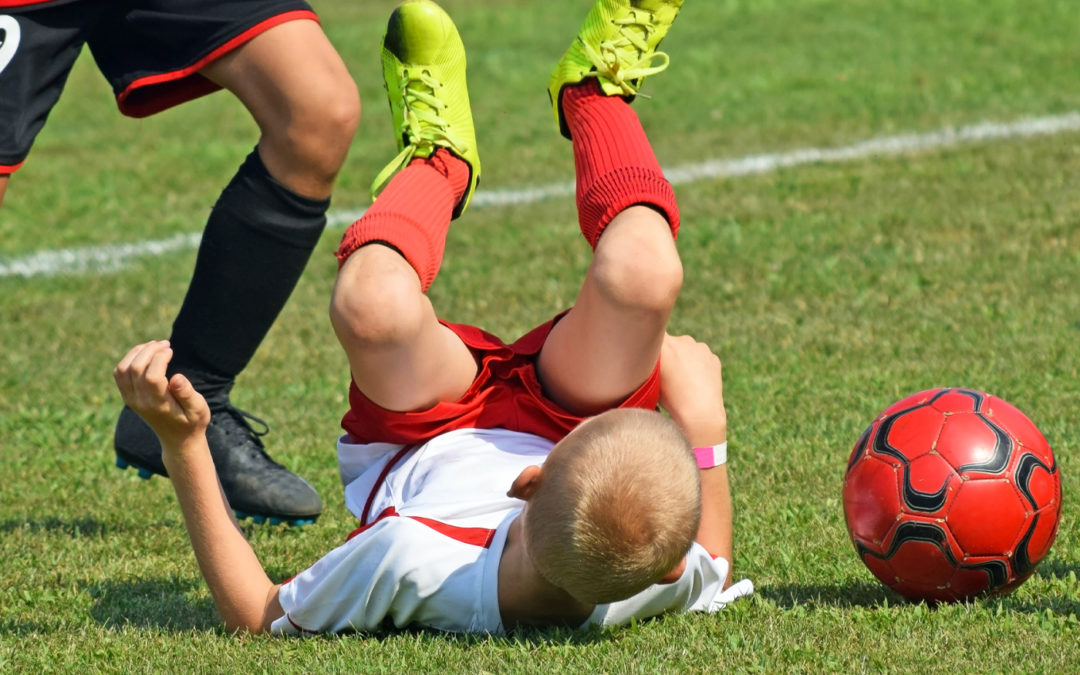In the United States, sports practice is increasing with more than 60 million children and teenagers participating in organized sports every year. The number of high school athletes has increased from 7.2 million to 7.9 million over the last ten years. The physical and psycho-social benefits of practicing sport are well known, and pediatricians play a vital role in promoting physical activity. As a pediatrician who is trusted to provide advice on the health and safety of our children, it is important to know the current recommendations and controversies regarding the pre-participation physical examination (PPE).
OBJECTIVE OF THE PPE
The purpose of PPE is to identify life-threatening conditions that may put the athlete at risk of injury or illness. Its purpose is not to prevent athletes from participating, but to promote safe participation. If nothing is done, most athletes can be rehabilitated or redirected to another sport. This goal is achieved by adhering to the three main objectives of the evaluation;
- Detect conditions that may expose the athlete to injury
- Detect life-threatening or disabling conditions
- Meet the legal and insurance requirements
The three secondary objectives take advantage of the doctor-athlete contact, which are;
- Determine general health
- Advice on health issues
- Evaluate the fitness level for specific sports
PRACTICE
Athletes should be encouraged to complete their PPE at least six weeks before the first training session. This allows us to continue the research or to treat the problems identified during the evaluation without restricting or delaying the sports participation unnecessarily. The beginning of the summer or the end of the previous school year is an ideal time. Complete personal protective equipment including a complete personal and family history and a thorough physical examination should be performed at least every two years. An annual review of the patient’s history and a problem-centered examination are also needed. However, as this is often the only interaction that a teenager athlete can have with a health care provider, it is reasonable to conduct a full assessment, as was done for the annual supervision visits of the health care provider for the earlier ages.
BEST AREAS TO CONDUCT THE EXAMINATION
The ideal setting is an individual assessment in the office with the Athlete’s physician. Athletes should be encouraged to have a medical home and have their PPE done by their senior clinician. This leads to greater continuity of care and allows access to medical records. The athlete’s primary care physician is often more familiar with his or her previous problems and family history. The primary care physician is also better able to identify changes over time and respond appropriately. Since many health insurance companies only pay for one preventive visit per 12 months, it is reasonable to include PPE in the annual health supervision visit. Providers may choose to include PPE components as part of the annual health supervision visit for all patients, as a physical activity should be encouraged regardless of participation in a sport.



Recent Comments